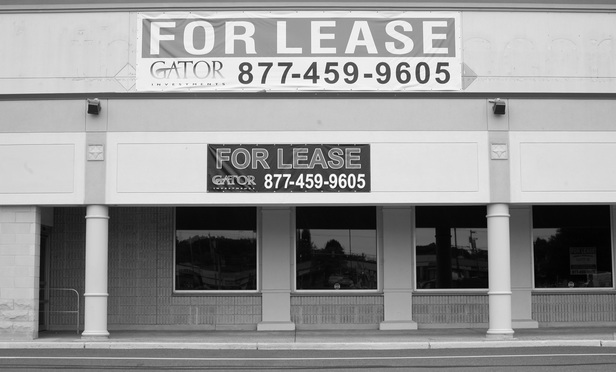Some of the most important, but often underappreciated, elements of a commercial real estate lease are the insurance provisions. Attorneys may spend hours negotiating and drafting expense clauses, use provisions and offset rights, but often ignore the insurance provisions as mere “boilerplate.” However, although claims on insurance sections are rarely implemented, the reality is that a poorly drafted insurance section can have severe detrimental effects and significant cost implications for a client. Three commonly included, and also commonly misunderstood, provisions in commercial real estate lease insurance sections are:
1. The 30-day notice provision.
2. The additional insured provision.
3. The waiver of subrogation provision.
The three may seem very different and seemingly unrelated, but they play an important, inter-related role in the interaction of commercial lease agreements and insurance policies. A better understanding of each of these provisions, and their nuances and applications, can prove useful to lawyers negotiating leases, and can provide greater coverage for clients, potentially saving them from incurring significant losses.
1. 30-Day Notice Provision
This content has been archived. It is available through our partners, LexisNexis® and Bloomberg Law.
To view this content, please continue to their sites.
Not a Lexis Subscriber?
Subscribe Now
Not a Bloomberg Law Subscriber?
Subscribe Now
LexisNexis® and Bloomberg Law are third party online distributors of the broad collection of current and archived versions of ALM's legal news publications. LexisNexis® and Bloomberg Law customers are able to access and use ALM's content, including content from the National Law Journal, The American Lawyer, Legaltech News, The New York Law Journal, and Corporate Counsel, as well as other sources of legal information.
For questions call 1-877-256-2472 or contact us at [email protected]






